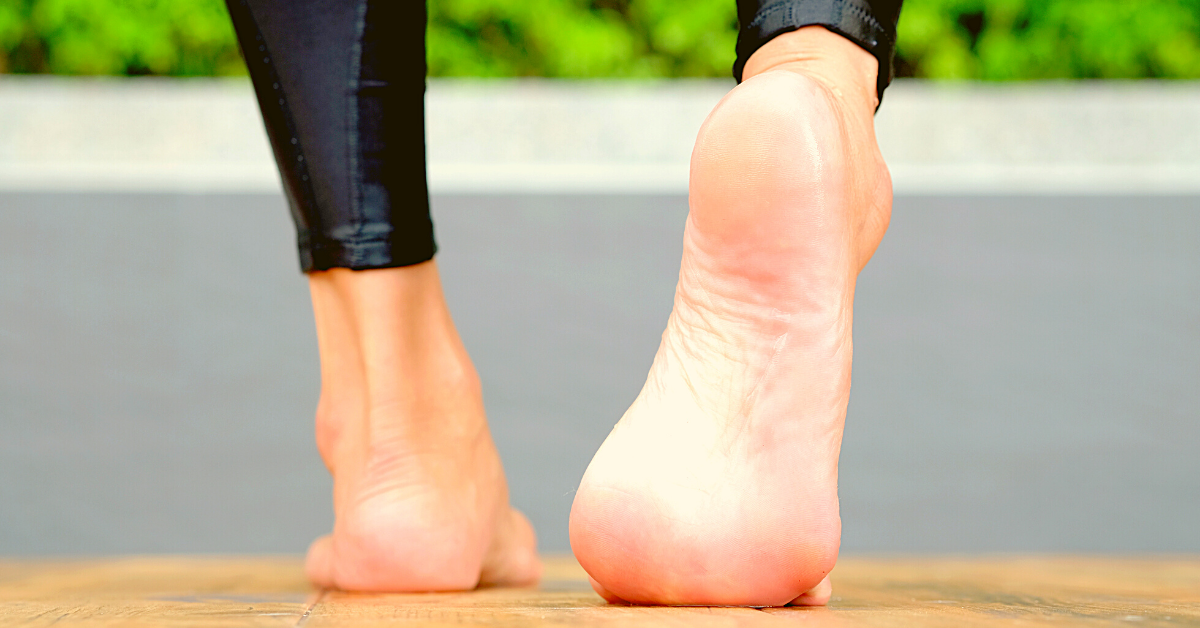It’s Plantar Fascia season!

Spring has sprung, it’s warming up and we’re getting ready for Plantar fascia season. For many people warm weather gets us out of shoes, into thongs, sandals and bare feet and signals the start of what can be a very frustrating battle with heel pain.
Plantar fasciitis is a painful heel condition that affects 10% of us over a lifetime. It’s caused by pain coming from the strong soft tissue in our arch where it attaches to the inner side of the heel bone. Heel spurs are sometimes seen on Xray, but are not the cause of symptoms in most people with heel pain.
Plantar fasciitis is best known for disabling pain when taking the first steps on getting up out of bed, or out of a chair. It also stops you being able to stand, walk or run. Worst of all, almost half of those with plantar fascia pain report ongoing problems 10 years later!!
The biggest problem is that many people have to stop exercising due to painful heels, they put on weight, get even more pain and their health suffers. It’s really a vicious circle.
We know this is a difficult and frustrating problem to get under control. That’s why we came up with this Plantar Fascia Clinical pathway for our Physio team to use. It’s based on the best up-to-date evidence for effective and safe treatment of Plantar Fascia pain.
So what can you do to get this frustrating, disabling sore heel under control and get back to doing what you really love?
The science tells us there’s a number of things that can help, none are markedly better than the others and that an individualised, patient approach trialling a number of strategies can get the best results over at least 6 to 12 weeks. These include;
Stretching: the plantar fascia, calf and hamstring. Our first line here is home exercises you can do regularly through the day. An interesting tool that we find helpful for prolonged stretching is a Strassburg sock, which you can wear for hours or even overnight.
Strengthening exercises of the foot, calf and plantar fascia. We use a great tool called the Fasciitis fighter to help really target strength exercises for this problem
Supporting the arch of the foot: long term use of supportive shoes, arch taping or orthotics can be very helpful to control symptoms and allow you to stay more active. We use off the shelf or custom orthotics as well as selling Archies arch support thongs which have been very popular.
Other treatment options include cortisone injections, which can be effective for short term relief, BUT come with an increased risk of plantar fascia rupture, and shockwave therapy, which is expensive and not well tolerated by everyone.
If you’d like to grab a copy of our Plantar Fascia fact sheet, simply click here to download
If you’ve put up with plantar fascia pain long enough, feel free to get in touch with us to find out how we can best help you.



